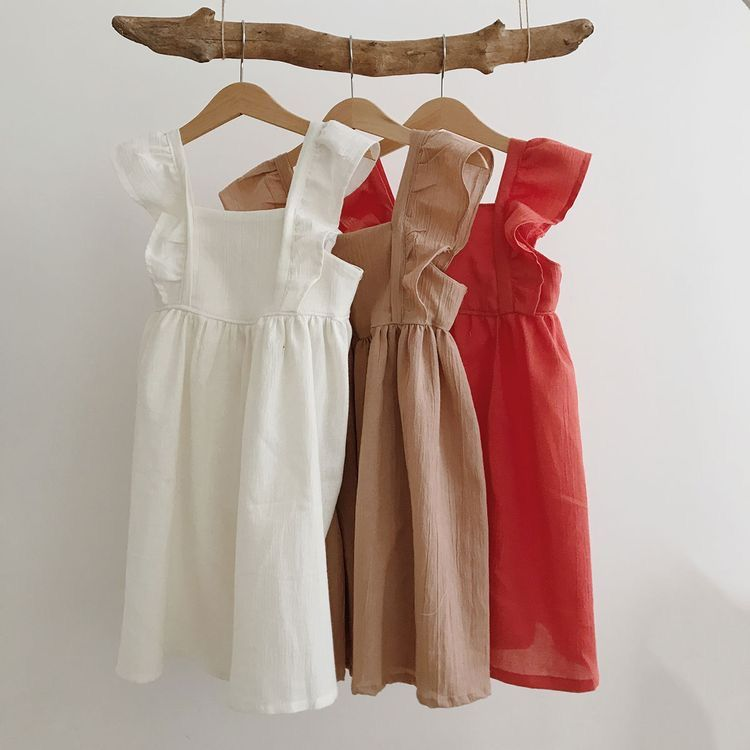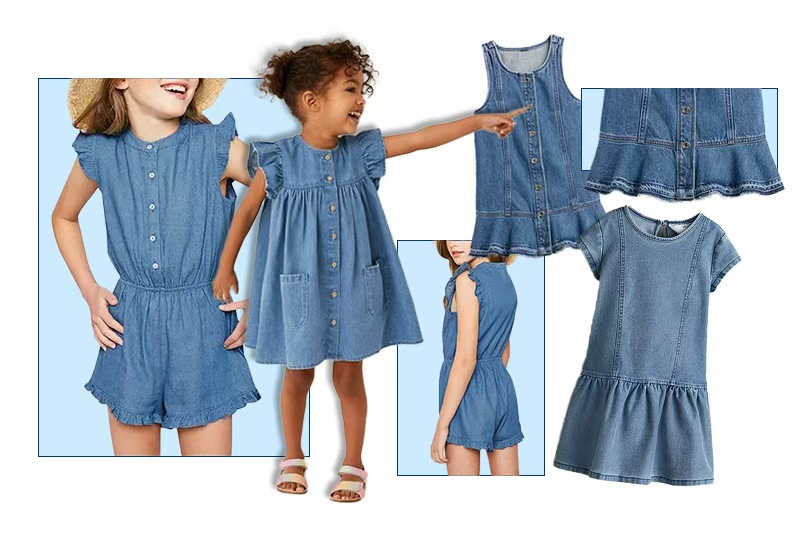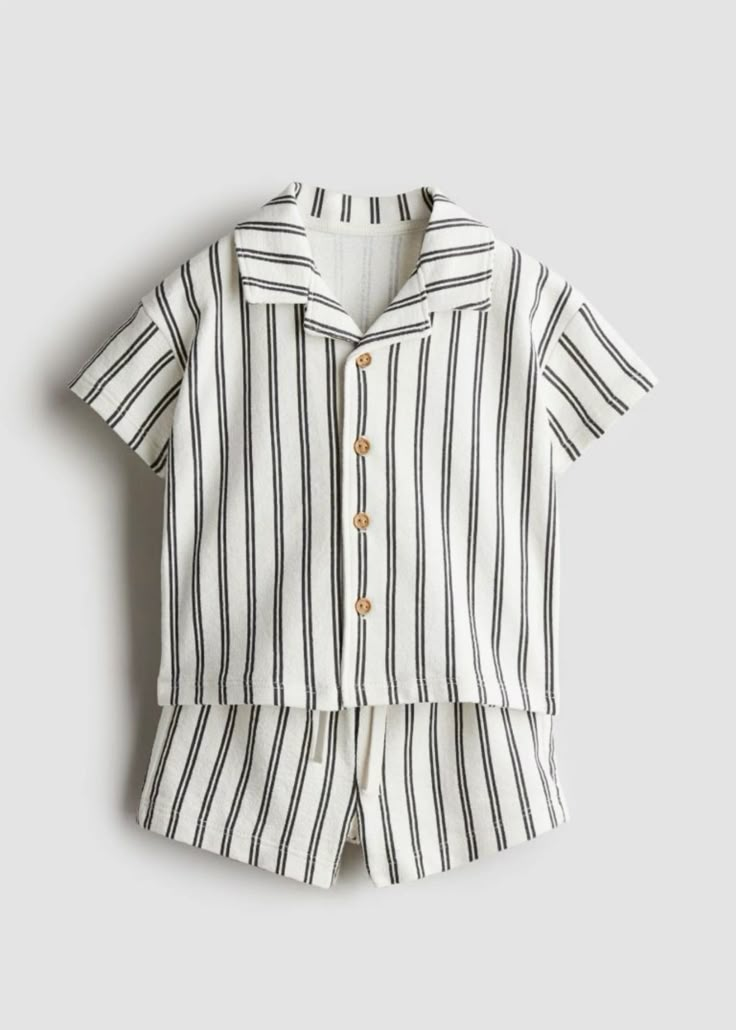Designing a linen dress for kids is like painting with sunlight—you want the look to feel airy, effortless, and full of charm. Linen’s natural texture already does half the work. The real magic? That comes from thoughtful design choices that blend comfort, movement, and a touch of whimsy.
Snippet paragraph...
To design a beautiful linen kid’s dress, start with flowy silhouettes that complement linen’s soft drape. Choose skin-friendly finishes, and add playful yet practical details like gathered waists, puff sleeves, or adjustable ties. Prioritize comfort and breathability, especially for active kids. Finally, stick to soft, natural colors or muted dyes to highlight linen’s timeless, earthy elegance.
Linen works best when you let it lead—and your design simply follows its rhythm.
What dress silhouettes work best with the natural drape of linen fabric?
Think flowing, not fitted. Linen loves a little room to breathe.
Sub-heading Snippet paragraph...
Loose, flowy silhouettes like A-line, empire waist, and smock dresses pair best with linen’s natural drape. These shapes allow the fabric to move freely and maintain its texture without clinging. They also offer kids greater comfort and freedom of movement, making them ideal for play, warm days, or special occasions.
Designing with linen is like dancing—you need to follow the fabric’s lead
When I first worked with linen, I tried to make it hold a sharp, boxy structure. It pushed back. Literally. It wrinkled, shifted, and told me, “Nope, I’m not that kind of fabric.”
What I’ve learned since is that linen does best in shapes that flow. Dresses that sway when a little girl spins. Outfits that move with her, not against her.
Here are a few silhouette ideas that naturally shine in linen:
- Smock dresses – with gentle gathers under the chest or neckline.
- A-line – flattering and functional, especially for toddlers.
- Empire waist – with a high seam and loose skirt, great for breathability.
- Tiered styles – add visual interest without structure.
Avoid tight bodices, zippers, or heavy linings. Linen isn’t about holding shape; it’s about creating shapes that float and flow.
How can you ensure a linen dress feels soft and comfortable for children’s sensitive skin?
Let’s be real: kids can be picky about what touches their skin.
Sub-heading Snippet paragraph...
To make a linen dress soft for kids, pre-wash the fabric with natural softeners, choose high-quality fine linen or linen-cotton blends, and finish seams gently. Enzyme-washed or stonewashed linen is especially skin-friendly, reducing itchiness while maintaining breathability and durability for children’s daily wear.
From scratchy to snuggly—taming linen for sensitive skin
Raw linen can be a bit... rough around the edges. Literally. The first time I stitched a sample for a toddler using untreated linen, the feedback was crystal clear: “It’s itchy!”
Lesson learned. Now I always start with pre-softened linen—usually enzyme-washed or stonewashed. This gives the fabric a broken-in feel without losing its integrity.
Also smart:
- Use bias binding or French seams so nothing rubs harshly.
- Opt for finer weaves or even linen-cotton blends.
- Avoid chemical-heavy dyes that stiffen the fabric.
Bonus tip? Line just the bodice with organic cotton if needed—soft enough for skin, light enough for heat.
What design features—like pleats, ruffles, or ties—complement the texture of linen?
Linen has texture—and it loves details that play that up.
Sub-heading Snippet paragraph...
Design features like soft ruffles, box pleats, puff sleeves, and fabric ties work beautifully with linen. These elements enhance the fabric’s relaxed, natural charm without adding bulk or stiffness. They also introduce subtle movement and visual depth, turning simple designs into standout pieces for kids.
Soft structure meets gentle play
When designing with linen, think “structure-lite.” A full tutu skirt? Probably not. But a few gentle gathers? Perfect. A soft flutter sleeve? Chef’s kiss.
Here’s a table of ideas:
| Feature | Why It Works in Linen |
|---|---|
| Soft Ruffles | Add movement without weight |
| Box Pleats | Create volume that still breathes |
| Puff Sleeves | Add silhouette without stiffness |
| Waist Ties | Adjustable and charming |
| Button Backs | Vintage feel, easy dressing |
Linen also pairs well with natural trims like wooden buttons, lace edges, or coconut shell closures. These keep the look organic and earthy, without feeling too fussy.
Should the design prioritize breathability and ease of movement for active kids?
Absolutely—kids don’t sit still. And linen agrees.
Sub-heading Snippet paragraph...
Designing a linen dress for kids means putting comfort first. Prioritize loose fits, sleeveless or short-sleeve options, and unlined or lightly lined styles to keep airflow high. The fabric’s natural breathability is perfect for outdoor play, hot climates, or layered looks in transitional seasons.
Let them run, sweat, and climb trees—in style
A kid’s dress can look stunning on a hanger—but if it doesn’t work in real life, it won’t get worn twice. That’s why functionality is just as important as style.
Linen helps with:
- Moisture-wicking without feeling damp.
- Cooling airflow through natural fibers.
- Lightweight drape that doesn’t cling when moving.
You can elevate this by choosing sleeveless bodices, elastic back panels, or adjustable straps. These give more flexibility and room to grow.
And don't forget: a good linen dress should be machine washable and get softer over time. No parent wants to dry-clean a toddler’s dress. Ever.
How can natural colors or soft dyes enhance the timeless appeal of a linen dress?
When in doubt, keep it muted and magical.
Sub-heading Snippet paragraph...
Soft, natural colors—like oatmeal, dusty rose, sage green, or muted blue—enhance linen’s timeless look. These shades reflect the fabric’s earthy roots and add versatility to children’s wardrobes. Plus, gentle plant-based or low-impact dyes are safer for sensitive skin and align with eco-conscious values.
Neutrals aren’t boring—they’re classic
Bright colors can sometimes overpower linen’s soft, textured surface. But natural tones? They bring it to life. There’s a certain magic in linen dyed in sage or terracotta—it feels like something passed down, yet still modern.
Here are a few winning combinations:
| Dye Color | Mood | Pairs Well With |
|---|---|---|
| Oatmeal | Minimal & classic | Wooden buttons, lace |
| Dusty Rose | Gentle & feminine | Puff sleeves, ruffles |
| Sage Green | Earthy & calm | Tiered skirts, gathered hem |
| Washed Indigo | Vintage yet versatile | Sleeveless, simple cut |
Soft dyes are also more forgiving during laundry—no harsh fading, just gentle aging that adds to the charm.
Conclusion
A well-designed linen dress for kids is light, breathable, and made to move with them—not against them. Keep it soft, simple, and naturally charming, and both parents and little ones will fall in love.



